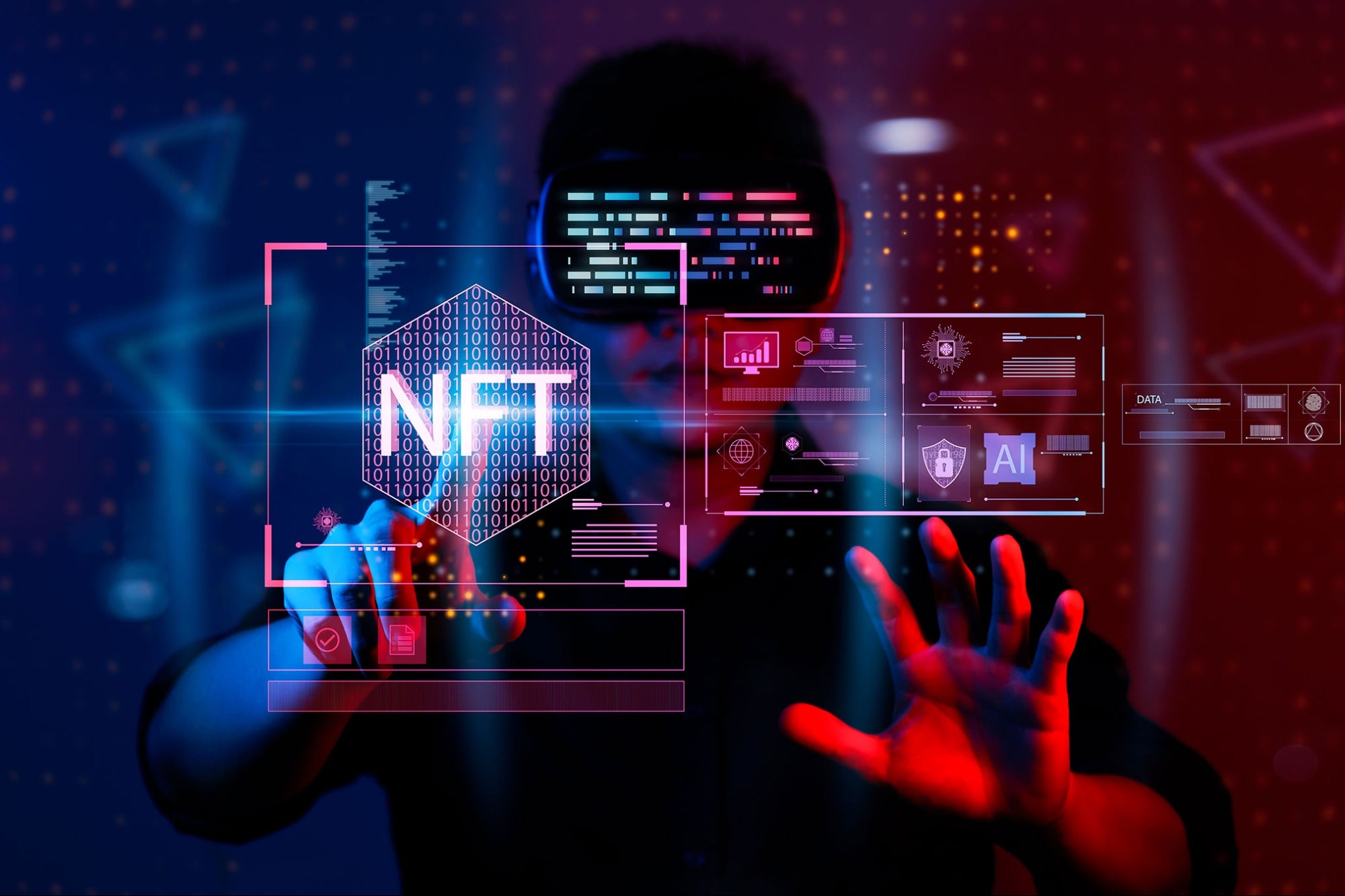How NFTs Work — and How They Could Prove Profitable for Your Business

Opinions expressed by Entrepreneur contributors are their own.
2022 was an interesting year for NFTs (non-fungible tokens), to say the least. This was the year that saw public knowledge of NFTs go beyond Bitcoin and other cryptocurrencies to the field of digital collectibles, such as art and photographs.
But while buying art and other collectibles may be getting most of the attention from the general public, they result in some of the more practical (and profitable) business applications getting overlooked. In reality, NFTs can have a variety of practical applications that help organizations achieve their existing business goals.
First things first: How do NFTs work?
NFTs are is cryptographic assets that are based on blockchain technology. The non-fungible aspect is important, as it gives NFTs distinctive properties that mean they cannot be replaced or replicated. They are unique, and can’t be manipulated or forged. Most often, we see NFTs in connection with digital assets, such as art, sports cards, games and other collectibles, where the blockchain provides a certificate of authenticity.
NFTs can be bought and sold on the market, with pricing based on market demand, just like a physical product. However, the unique data that is part of the NFT makes it easy to validate ownership and verify the authenticity of the token.
NFTs are also used to represent ownership details, memberships and more — and these varied use cases have proven key to business applications.
Related: Here’s a Beginner’s Guide to Crypto, NFTs, and the Metaverse
Linking digital tokens to physical benefits
One key to generating business growth via NFTs is linking the tokens to a physical, real-world product or experience. As the report Brands in Web3 Q3 2022 by NFT Tech highlights, fashion brand Tiffany & Co. was able to turn NFTs into a set of exclusive physical goods. The company partnered with CryptoPunks to create an exclusive line of 250 “NFTiffs” pendants. Priced for 30 ETH (roughly $50,000 at the time), the unique pendants sold out in 22 minutes.
Another example comes from the Australian Open. In 2022, the Australian Open launched a highly successful metaverse initiative of minting AO Art Ball NFTs that linked to data from live matches. This was paired with virtually hosting the Australian Open in a 3D virtual reality platform to provide an unprecedented level of access to one of tennis’s largest events.
While the initial launch was successful in and of itself, the Australian Open’s commitment to this NFT initiative is poised to be even greater in 2023, with the announcement that holders of each Art Ball NFT will receive two complimentary seven-day Ground Passes to AO23’s finals week. Art Ball holders also gain access to additional exclusive experiences, such as streams and viewing suites through the “SuperSight” fan experience and access to other United Cup matches.
With both Tiffany & Co. and the Australian Open, linking NFTs to real-world products or experiences proved to be a highly successful method for deepening relationships with their target audience.
In addition, when NFTs are used in this way, they invite mass market participation, turning fans into financially-incentivized brand ambassadors who enjoy a high level of utility — and of course, can seamlessly trade their digital assets for real-world cash.
Related: Putting the Intangible Into Your NFT Project
Reaching new demographics
NFTs don’t just help brands strengthen relationships with their existing customers — quite often, they can prove key to reaching a new audience entirely.
Case in point: For quite some time, clothing brand Polo Ralph Lauren has seen its primary customer base largely concentrated among older adults, while younger demographics like millennials and Gen Z have been less interested in the clothing brand.
In 2021 and 2022, however, Ralph Lauren made a full-fledged commitment to digital initiatives such as NFTs and the metaverse. These included launching a “phygital” fashion collection in Fortnite, as well as an exclusive digital clothing connection through the game Roblox.
These digitally-focused efforts were a major success for the brand. As reported by Vogue Business, Polo Ralph Lauren saw its third-quarter revenue increase by 27% after the launch of its Roblox collection — with that growth largely driven by a 58% increase in the acquisition of new digital customers.
In this case, strategic implementation of digital assets allowed Ralph Lauren to reach a younger target demographic in metaverse-style spaces where they would have the greatest appeal and potential impact.
When done right, NFT initiatives can help revive sales and reinvigorate a brand’s image, making it more relevant and appealing in today’s competitive market.
Using NFTs wisely for your business goals
As these examples illustrate, the potential use cases for NFTs go well beyond selling digital art. With a strategic approach, businesses can use NFTs to find new ways to engage with younger, more tech-oriented demographics. NFT-based projects can help position your company as an innovator at the forefront of disrupting the marketplace.
That being said, any business investment in NFTs should be done strategically. Major NFT failures in 2022 garnered a lot of media attention, and should serve as a powerful reminder for businesses as they enter this space. All investments in NFT should be done with the interests of the end customer in mind.
When you focus on how your target audience could realistically benefit from your use of NFTs, you will be able to identify strategies that have true staying power, and that will build greater rapport between your brand and its most tech-savvy customers.

Atul Tiwari is a seasoned journalist at Mumbai Times, specializing in city news, culture, and human-interest stories. With a knack for uncovering compelling narratives, Atul brings Mumbai’s vibrant spirit to life through his writing.





